Popular on Food52
Continue After Advertisement
6 Comments
Elba M.
April 3, 2015
EMG
I am glad to see this DYI, Congratulations! Can we see monotypes with the new Jelly plate?
I am glad to see this DYI, Congratulations! Can we see monotypes with the new Jelly plate?
RJMB
February 20, 2015
You should wear protective gloves for this process. Boxes of 100 nitrile exam gloves come in S, M, L, and XL, they are around $10. They have loads of other uses. Get the good ones at pharmacies. (The "dollar store" ones can irritate you skin and tear easily.)
Wyndham T.
February 4, 2015
Take the word of an old art teacher, you can make a size out of wallpaper paste or cooked corn starch and use craft acrylics that have been thinned with water about one-third. The marbling is permanent, the cleanup is all with soap and water. Much safer easier and cheaper.
rmandell
February 3, 2015
For an easier (non toxic) version of this, fill a tray with shaving cream. Use any paint (kids tempura paint works well) and squirt a line of each color you are using. Use a popsicle stick or plastic knife or your finger to swirl the paint around. Place card stock or other heavy paper on top and press down slightly. Wait 10 seconds. Lift card stock off and let sit for five minutes. Use a squeegee or a offset spatula to scrape shaving cream off. Voila, marble effect. Let dry completely.
stilllifewithwhisk
February 2, 2015
Suminagashi is really fun to do with children. My daughter and I use this kit: http://www.amazon.com/Innovation-Marbling-Kit-Japanese-Suminagashi/dp/B003W2PX8M/ref=sr_1_1?ie=UTF8&qid=1422903849&sr=8-1&keywords=suminagashi+kit&pebp=1422903851323&peasin=B003W2PX8M
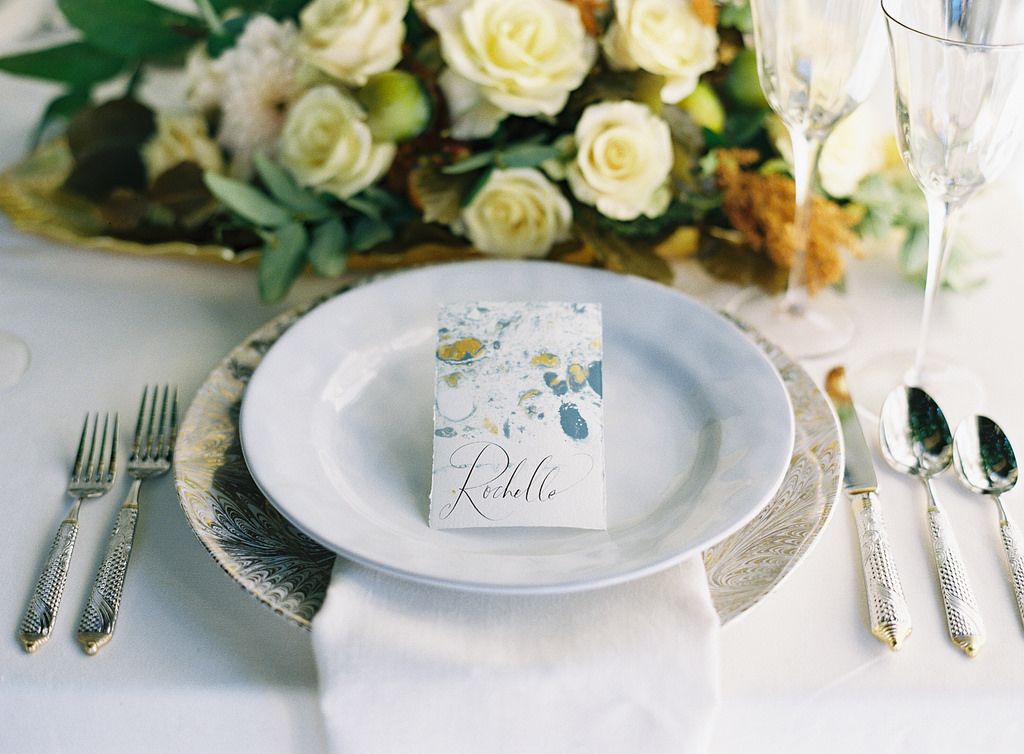
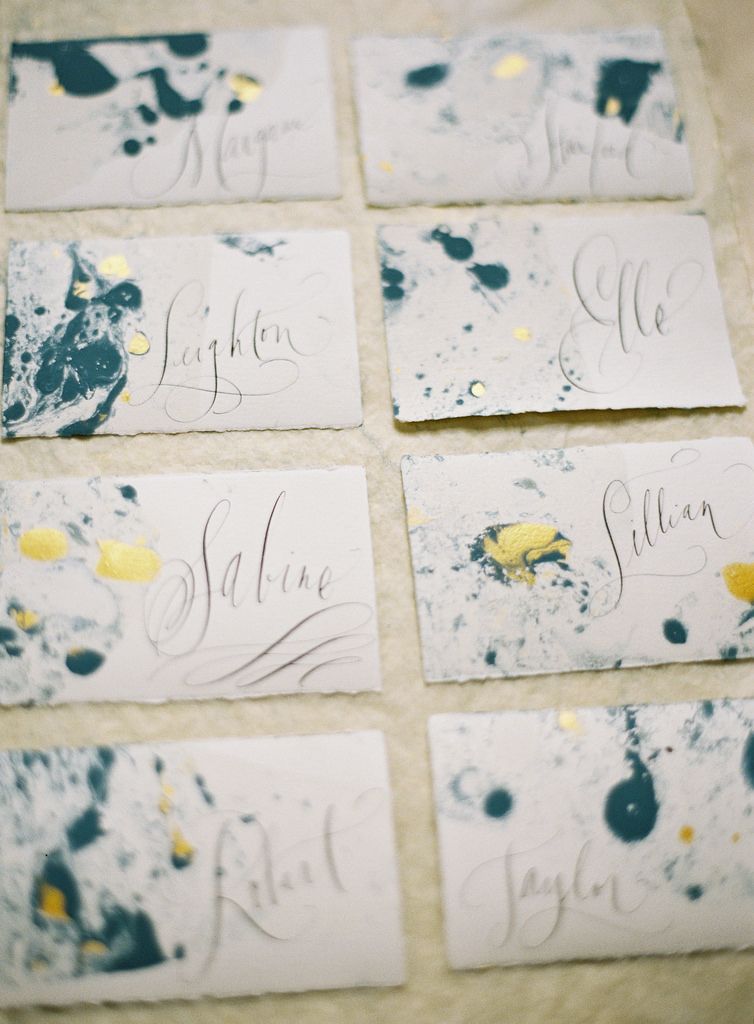
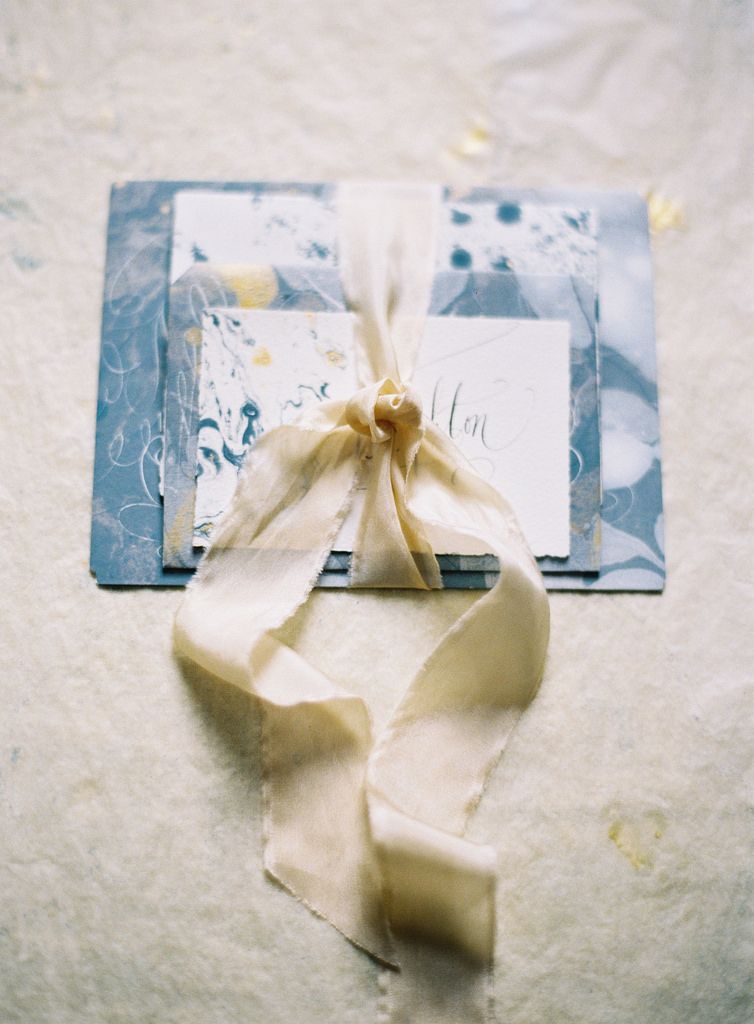
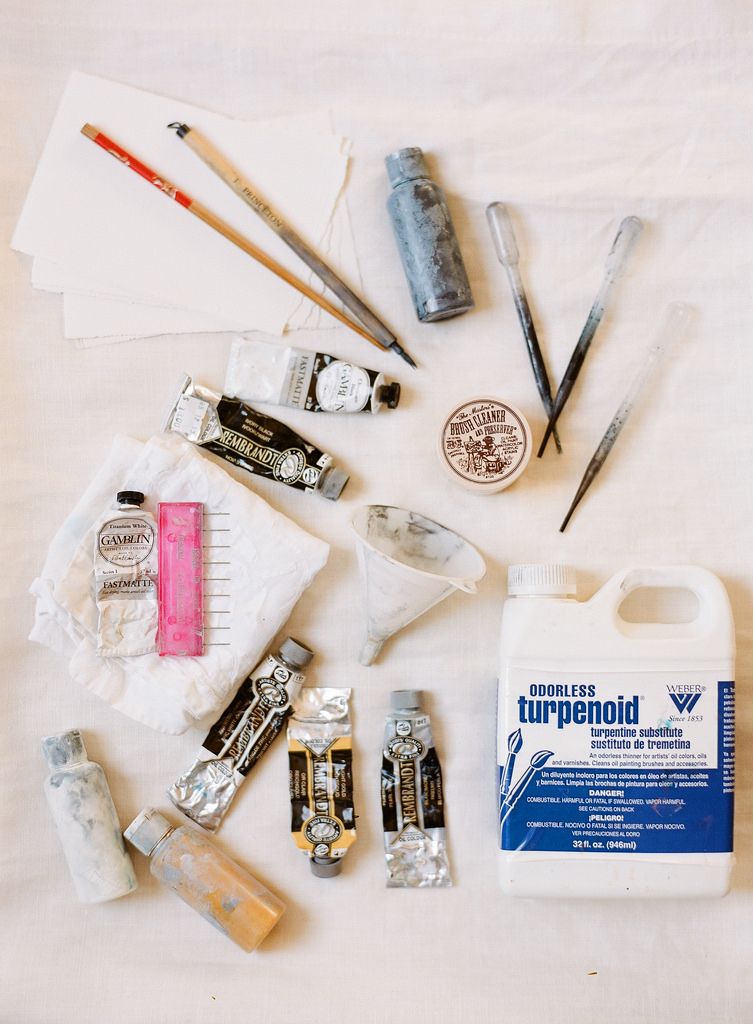
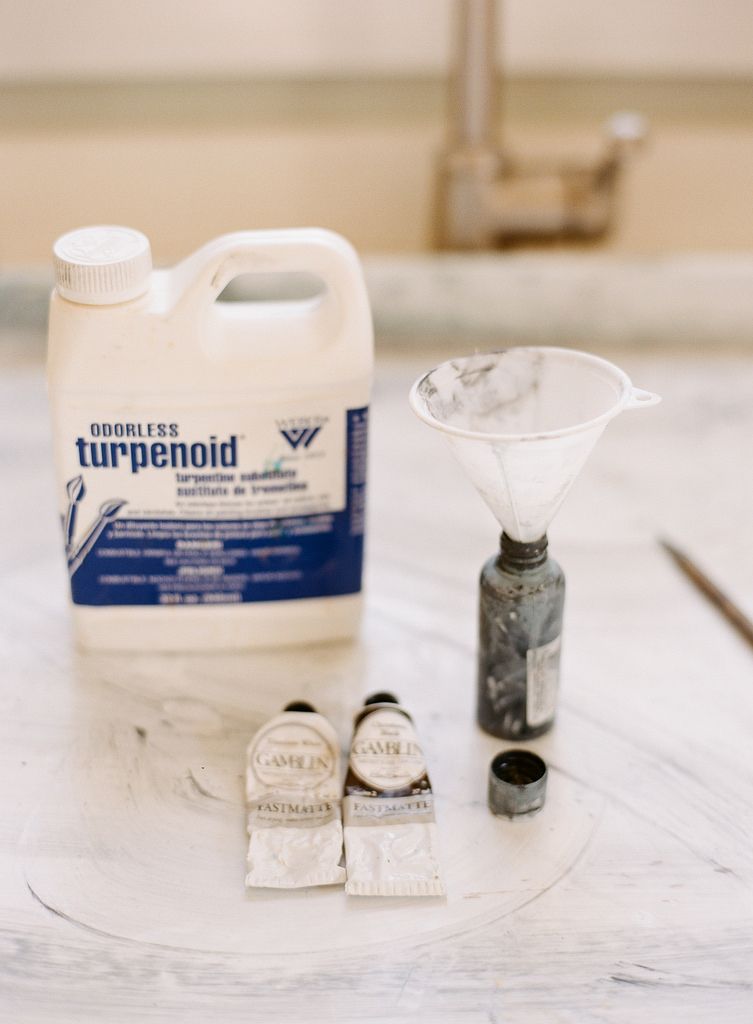
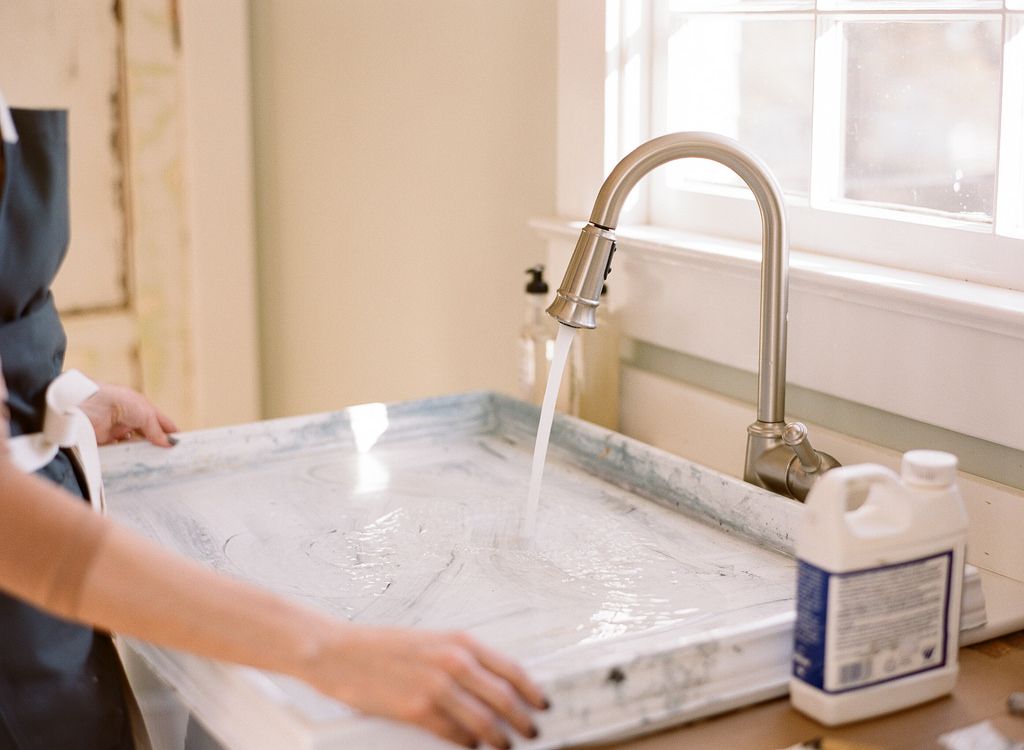
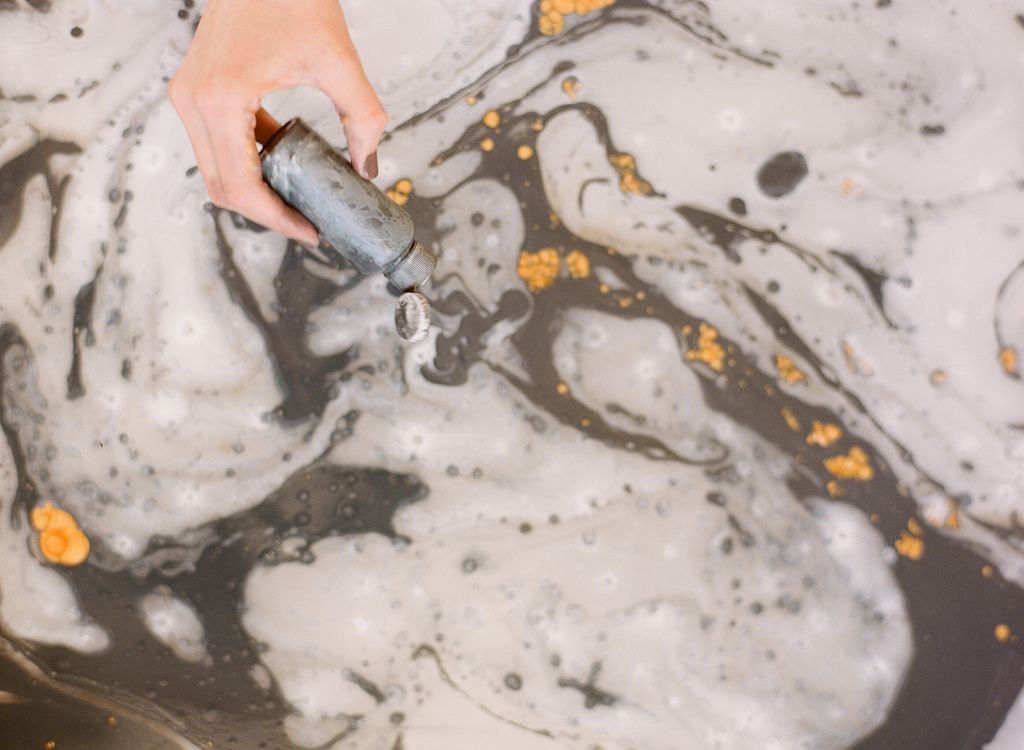
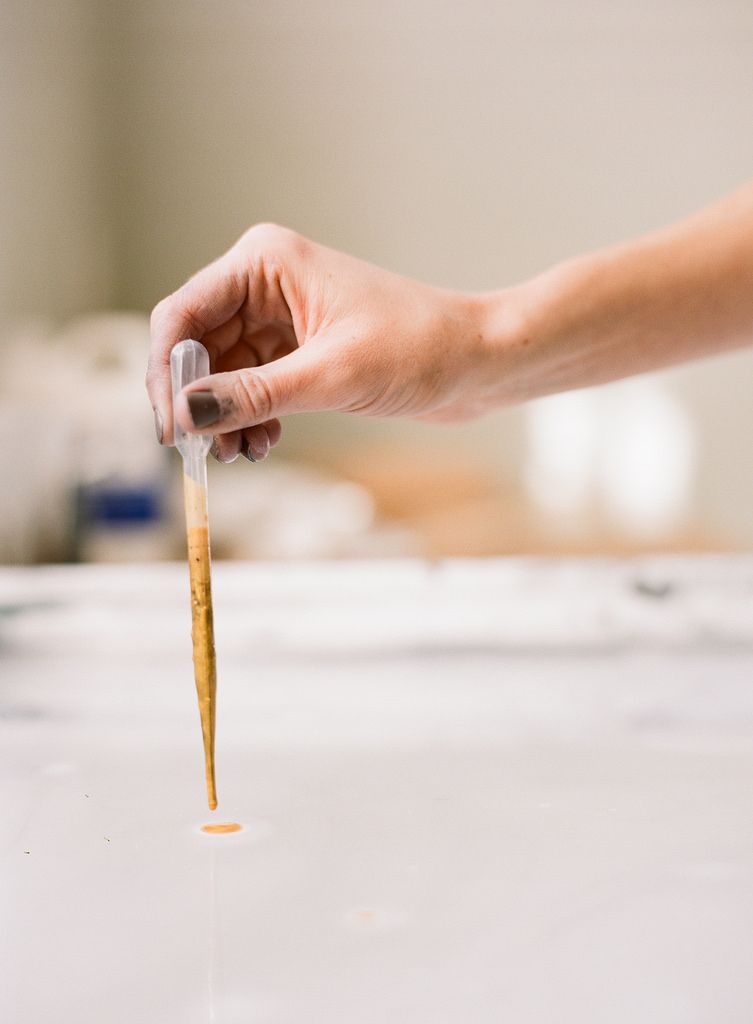
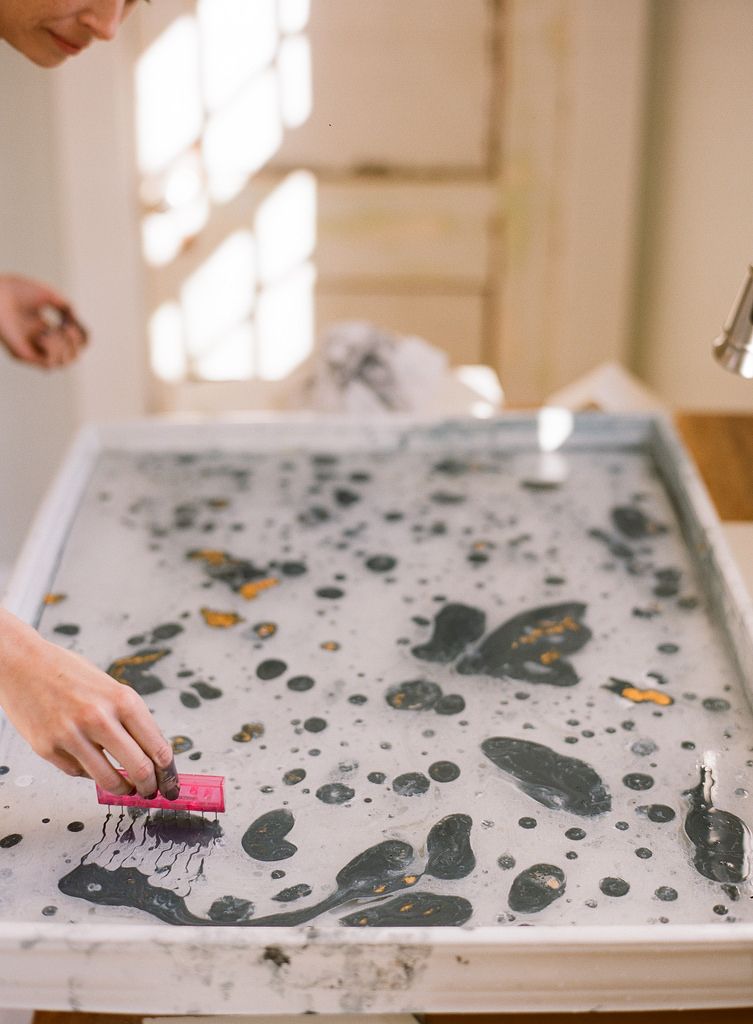
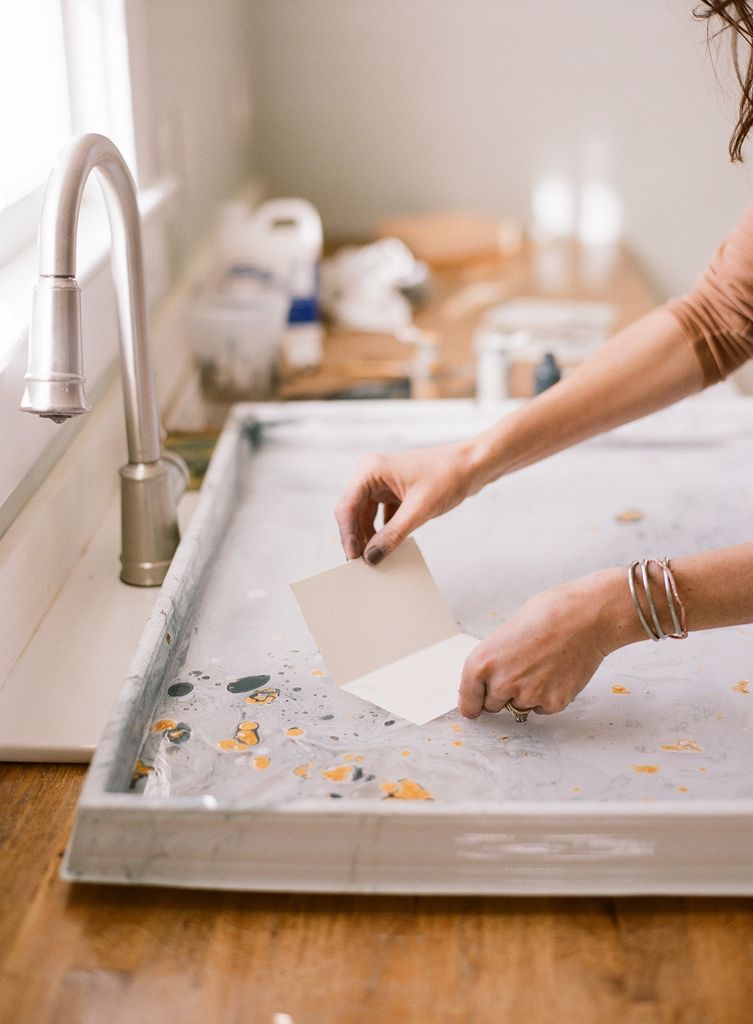
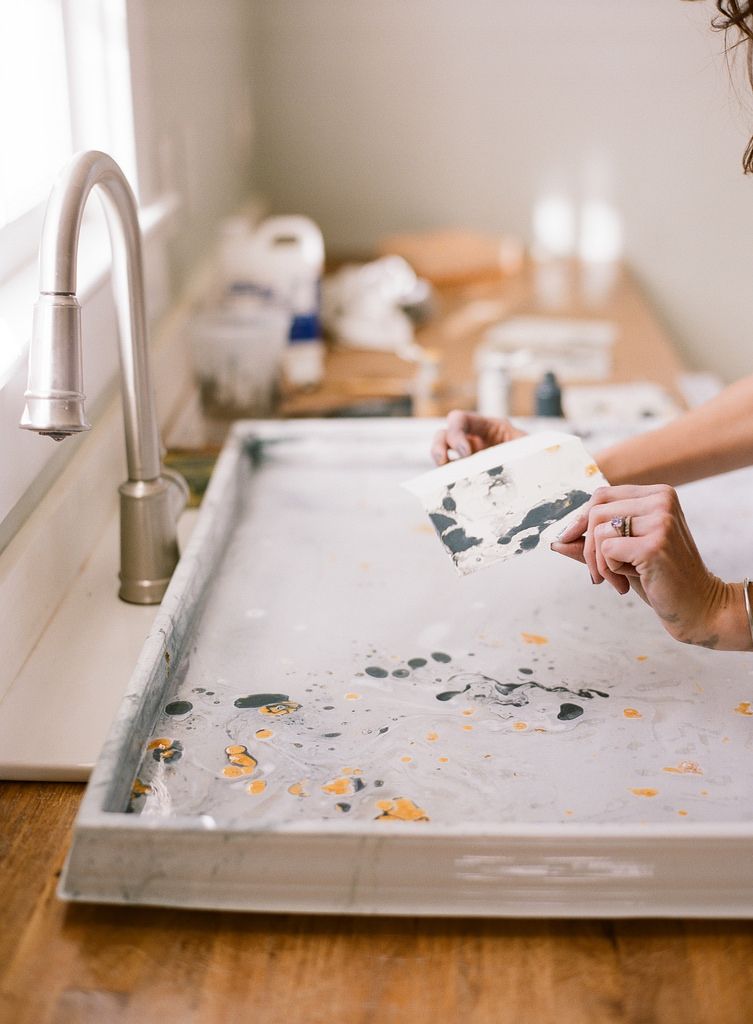

See what other Food52 readers are saying.